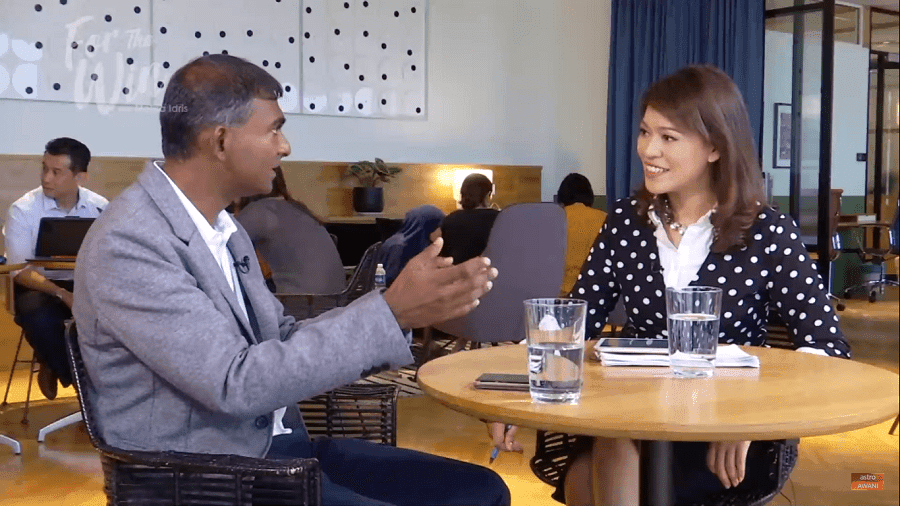Failing To Connect?

We all do it all the time: we communicate, we interpret and we connect. We communicate through words, body language, tone, actions and behaviours.
We constantly interpret everyone else’s words and behaviours. We start doing this as soon as we are born. When we get this right, we form strong connections.
Whatever we do with other people, whether that is talking, watching, listening, interacting, playing or working together we continuously interpret and are interpreted. Sometimes you are conscious of this, but at times much of it happens in our subconscious.
The challenge
Connecting is wonderful. It allows us to do great things together. We build friendships. We share knowledge, ideas and experiences.
We co-ordinate activities. We have fun together. But, there is a problem, and it can be a big problem.
The trouble is that communicating does not always work as intended. Our words, intentions and actions are frequently misunderstood. We fail to connect in the way we intend.
I am sure everyone reading this has at some time wondered how someone else could have felt you meant “X” when actually, you meant “Y”.
We even communicate when we do not mean to communicate at all. Our actions and words are interpreted when we do not realise we were being watched or listened to – sometimes in ways we would not expect and do not want.
Failing to connect causes problems in our private lives. Arguments are started, opportunities are missed, and friendships are damaged all because of failing to connect. I am sure we have all experienced a time when a friend or loved one has misunderstood something we have said or done.
It is at work that the difficulties of failing to connect are often most profound. Communicating lies at the heart of all organisations.
Misunderstood communications and misinterpreted actions create inefficiencies, delays, re-work and problems every day.
From the perspective of your career, the value of communicating effectively is critical. Look at successful people in senior roles. They are almost always good communicators who are rarely misunderstood or misinterpreted.
As a consultant working worldwide with people of many different backgrounds, I am especially conscious of the power of communication, and the risks of failing to connect. I want to share seven steps to better interaction and improving the ways in which we connect.
In this article, I am thinking about your professional life, but most of what I say here is equally applicable to your private life.
There are complex psychological reasons for why people interpret others in certain ways, but most of the time you do not need to be an expert psychologist to improve the way you connect with others. Some simple steps will help.
1. Be conscious
Start to improve your connections by being conscious that you are being watched and listened to all the time. This is not a reason for being paranoid. It is essential to being human – and you do it all the time to everyone else around you.
But, it is a reason to be mindful. Just being conscious that everything you do is being interpreted will help you to reduce your failures to connect.
2. Be clear about ‘why’
When you want to communicate with anyone, start by being clear about why you are communicating with him or her. Most of us just open our mouths and start to talk.
A little more thought about what we want from the conversation should make you think through the words you use and the supporting actions a little more carefully.
At work we normally interact for one of a few reasons. You need to share information, get someone’s advice, you need someone to do something for you.
You need a decision or approval from your boss. Sometimes you may communicate to build a relationship to help you engage with that person better in the future. The “why” should shape your words and actions.
3. Think about ‘who’
We respond in different ways to different people. Think about the specific person you want to connect with. What is the background context to your conversation?
Do you have an already existing relationship or not? What is the nature of the person’s role relative to yours? What type of communications does he or she like?
The same style of interaction will not work for everyone. You need to tailor what you say, how you say it and how you act to the specific group or individual you are trying to connect with.
4. If you can, make your objectives and intentions clear
If you know why you want to engage someone, start by telling that person why. “I want to talk to you because …” is a very simple set of words that can help others understand you much better.
It is amazing how often I see people engaged in conversation, only later when I ask what it was about or why they were talking for one of the parties to say “I don’t really know”.
Have you ever thought you gave someone clear instructions and nothing has happened? You thought you had given an instruction; they thought you were just discussing an idea? This happens all the time at work.
Early in my career, I had a boss who regularly said, “I’d like you to think about …” It took me a few difficult months to learn that his “I’d like you to think about …” meant “do this now!” If only he had said clearly “do this now”, it would have been far more effective.
5. Check understanding and interpretation
Once you have engaged with someone, check that person’s understanding. Ask simple questions like “is everything I have said clear”. Offer to explain some more. Never assume that because it is clear to you it is clear to others. That will lead to failing to connect!
(The most thorough way is to question a person to test their understanding. Unfortunately, there are situations in which this is not possible. It may be rude, and with more senior managers you may feel it inappropriate to question them as to whether they have understood you).
6. Listen and observe
Listen and observe others after you have engaged. What response have your actions or words generated in others?
Do not assume it will be the result you expected. Look at what they do and listen to what they say. If it does not match to what you expect, then you need to work a little harder to connect.
People often hide their true feelings and responses. You have to be aware that any interpretation you make will have its own limitations. But better a limited understanding than none at all!
7. Diagnose and adjust
Did you get the response you expected? If not, try to work out why and then adjust the way you interact. If you find yourself needing to repeat, don’t simply act in the same way again or say the same words in the same way – unless the person really just did not hear you.
If someone misinterpreted you the first time around, then if you interact in the same way, that person will probably misinterpret you again.
This is even true when you did not mean to communicate. You notice someone is acting in a way you do not understand towards you.
The chances are he (or she) has misinterpreted something you said or did without you even knowing. Try to work this out and see if you can adjust your behaviour to change that person’s reactions to you.
These seven steps will lead to better connections. Follow them and you will be understood, and communicate better.
You may be concerned that this is complex and that you will never get around to talking to anyone if you have to go through all this thinking every time.
It’s true that if you worry too much about how you communicate, you will probably come across as stilted and unnatural. If you feel like that, you can do something simpler to begin with.
Start with awareness. As I said in step 1: just being conscious that everything you do is being interpreted will help you reduce your failures to connect.
Secondly, observe those who you see are rarely misinterpreted. Really observe and listen in detail. What is it that they do which you may not be doing?
Thirdly, seek feedback. The rule is: the worst person to judge your own communications is yourself. We are never communicating to ourselves, but always to others.
It is what others have heard us say or interpreted us doing that matters more than what we meant. So, ask others how you come across.
Finally, practise. Choose some important times when it is critical for you to connect. Think through the seven steps and put them into practice.
Practise this often and you will find it becomes second nature. You will get your messages across as wanted, your actions will not be misinterpreted, and you will form stronger connections.
No system is perfect. People can interpret things differently from our expectations, but the steps outlined above will help you to minimise this.
Final thoughts
I want to end with a couple of thoughts.
Firstly, not only will you be misinterpreted at times, but sometimes you will misinterpret others. For example, there will be some people whom you have formed a negative impression of, because you have misinterpreted their actions.
Try not to jump to conclusions about people’s intentions too soon. They may just be poor communicators! Give them a second chance.
Secondly, how we interpret people’s words and actions is influenced by past experiences. Misinterpretation can be down to history of interactions and how charitable people feel towards you.
If you have a reputation as an honest, kind person others are much more likely to interpret what you say or do kindly.
They will give you the benefit of the doubt and look for a positive intent in all you say and do. On the other hand, if you have a reputation for dishonesty then everything you say and do is much more likely to be interpreted badly, whether you mean it or not.
Often the best investment to make to connect on positive terms, is building your reputation as a clear, straightforward and honest person.
Richard Newton is an internationally renowned author and consultant. He has written 12 books, which have been translated into 17 languages – including the award-winning ‘The Management Book’. His latest book, ‘Managing Your Team Through Change’ was published in December 2014. Richard works worldwide through his consultancy Enixus Ltd, helping corporations to deliver organisational change and performance improvement. His details can be found on LinkedIn at uk.linkedin.com/in/richardjenewton/en, and he can be followed on Twitter at @RJNtalk. For more Consulting Corner articles, click here.
Published in English daily The Star, Malaysia, 7 March 2015
Leadership
This article is published by the editors of Leaderonomics.com with the consent of the guest author.






